The Psychology of Blue: Authentic Communication, Self-Expression and Inner Truth
Blue, the color of the clear sky and deep ocean, has long been associated with calm, trust, and expansive awareness. From midnight indigo to tropical turquoise, blue hues invite us to explore realms of introspection, intuition, and profound self-expression.
In this comprehensive article, we’ll dive deep into the multi-layered meaning of blue – from the latest research on how blue light affects brain function, to the rich symbolism of blue across cultures and spiritual traditions. Drawing on Jungian psychology, neuroscience, art and esoteric wisdom, we’ll see how working with blue energy can catalyze self-discovery, relational healing, and the authentic expression of our deepest truths.
Whether you’re a therapist looking to incorporate color into your practice, or an individual seeking personal growth, this article will provide a fascinating map of blue’s transformative potential. Let’s begin by examining blue light’s neurobiological impact.
The Meaning of Blue in Dreams
In dreams, blue often signifies clarity, wisdom, or the need for deeper introspection. It is associated with the unconscious mind, encouraging the dreamer to explore hidden emotions, spiritual insights, or intellectual pursuits. Blue can indicate a phase of deep contemplation, signaling the need to trust in intuition and inner guidance.
If blue appears in a dream in the form of water—such as an ocean, river, or sky—it often represents emotional depth, tranquility, or the need for surrender. The condition of the water (calm or turbulent) may reflect the dreamer’s emotional state. A clear blue sky, for example, may indicate mental clarity and peace, while a dark or stormy blue sky could symbolize unresolved fears or an approaching emotional challenge.
In Jungian analysis, blue may be linked to the archetype of the Wise Old Man or the Self, representing higher knowledge, spiritual truth, and the integration of conscious and unconscious material. It can also symbolize communication—suggesting a need to express one’s truth or explore deeper aspects of the psyche.
If blue appears in a dream in an overwhelming or isolating way, it may indicate emotional distance or detachment, suggesting the need to reconnect with the warmth of relationships and the embodied experience of life. Ultimately, blue in dreams serves as a guide toward deeper awareness, calling the dreamer to trust their inner voice while maintaining balance between thought and feeling.
Somatic Associations with Blue
Blue is deeply connected to the parasympathetic nervous system, promoting relaxation, regulation, and a sense of inner stillness. Somatically, blue is often felt in the throat and chest, aligning with the throat chakra, which governs communication, truth, and self-expression. It has a cooling, soothing effect on the nervous system, counteracting the hyperactivation of stress responses and facilitating a shift into a state of rest, recovery, and deep breathing.
Physiologically, blue is associated with slowing the heart rate, lowering blood pressure, and encouraging a meditative or contemplative state. It can create a feeling of expansiveness and openness, particularly in the lungs, helping to deepen breath and ease tension in the body. In trauma-informed somatic work, blue represents the transition from fight-or-flight into a state of safety, allowing for reflection, emotional integration, and the restoration of balance.
However, blue can also have an isolating quality if experienced in excess. If someone is emotionally withdrawn or dissociated, blue may indicate a state of detachment or excessive intellectualization. It can signify the need for warmth and reconnection with the body and emotions. In this way, blue represents both the benefits of inner stillness and the risks of emotional suppression when not balanced with warmth and engagement.
The Neurobiology of th Color Blue
Recent studies on color psychology have uncovered profound effects of different light wavelengths on brain function and physiology. Beyond being a visual phenomenon, colored light photons can significantly influence the nervous and endocrine systems, and even gene expression.
Research shows that exposure to blue light, a high-frequency wavelength, modulates activity in multiple brain regions and networks involved in cognitive, emotional and social processing:
Enhancing Verbal Communication via Broca’s Area
Blue light activates Broca’s area, a frontal lobe region critical for speech production and language comprehension. Transcranial magnetic stimulation (TMS) studies found that blue light exposure increases excitability in Broca’s neurons, suggesting enhanced efficiency and plasticity in language networks (Vandewalle et al., 2007).
Experientially, this means that visualizing or bathing in blue light when you’re feeling tongue-tied could jump-start the neural circuits needed for fluid, articulate verbal expression. By priming Broca’s area, blue appears to grease the wheels of language, empowering you to communicate with greater clarity, nuance and ease.
Broca’s area also connects richly to brainstem regions controlling the voicebox and coordinating complex speech motor sequences (Simonyan & Horwitz, 2011). So blue’s fluency-enhancing effects are not just cognitive but somatic – it may help you embody your words and literally give voice to your inner experience. You might notice your voice getting stronger, your breath more regulated, your throat relaxing as you find an authentic flow of self-expression.
Facilitating Empathic Attunement via Mirror Neurons
Blue light also increases activation in the brain’s mirror neuron system – a network that fires both when we perform an action and when observing that same action performed by another (Vandewalle et al., 2010). Mirror neurons are considered the neural basis of empathy, allowing us to intuit and resonate with others’ experiences by simulating them in our own brain-body system.
By stimulating mirror neurons, blue light may enhance our capacity for non-verbal attunement and feeling “felt” in relationships. This could manifest as heightened sensitivity to subtle facial expressions, gestures and vocal tones; an intuitive grasp of unspoken emotional undercurrents; and a sense of being “in sync” with the rhythms and textures of an interaction. In therapy, blue light could support the cultivation of an empathic, genuine presence that invites the client into deeper relational trust and self-revelation.
Importantly, mirror neurons don’t just passively reflect others’ states, but also help us communicate our own inner worlds non-verbally. A twinkle in the eye, a warm smile, a lilting laugh – by attuning us to the music behind the words, blue light may help us convey authenticity, build connection and communicate the ineffable.
Promoting Integrative Awareness via Gamma Synchrony
On an even deeper level, blue light seems to promote a global state of brain integration and coherence, measured by increased gamma wave activity across multiple cortical regions (Stern et al., 2001). Gamma oscillations (30-100 Hz) play a key role in higher-order cognitive functions like attention, memory and conscious awareness, binding distributed neural processes into unified perceptual and conceptual wholes.
Subjectively, gamma synchrony often feels like a state of heightened clarity, presence and flow – a relaxed yet precise awareness in which thoughts and perceptions arise with a kind of effortless crystalline quality. Some describe it as a nondual state where the usual ego filters fall away, revealing a more intimate, direct encounter with reality.
For communication, gamma synchrony could enable us to hold multiple perspectives simultaneously, see the big picture and essential details, and integrate cognition, emotion, language and soma into a synergistic full-spectrum expression of our truth.
So while blue light’s neurobiological effects are complex and multifaceted, a key theme emerges – blue seems to enhance the brain’s capacity for clear, flexible, adaptive communication across multiple domains and levels. Whether finding the perfect words, empathically attuning, or accessing flow states, blue light is a powerful ally for authentic self-expression.
Of course, blue light’s effects are not just internal but also relational and ecological. By sensitizing us to verbal and non-verbal cues in the environment, blue helps us skillfully navigate social currents. And by connecting us to the expansive blue of sky and sea, it awakens a sense of belonging, reverence and meaningful participation in the larger web of life.
In the next section, we’ll see how these themes are mirrored in blue’s rich tapestry of symbolic and metaphorical meanings across spiritual and cultural traditions, painting a fuller picture of how this multivalent color can support healing and transformation on many levels.
The Symbolic Significance of Blue
Beyond its neurobiological effects, blue carries a wealth of symbolic and archetypal meanings that speak to its transformative power. By exploring these deeper resonances, we gain insight into how blue mediates between personal and transpersonal realms, bridging the waters of psyche and spirit.
The Waters of Life: Cleansing, Flow and Regeneration
In many wisdom traditions, blue evokes the life-giving, regenerative power of water. From the primordial oceans to the clear streams that quench our thirst, water dissolves, purifies and renews. In Taoism, water embodies the Yin principle – the receptive feminine aspect of nature that yields to obstacles and finds the path of least resistance (Kohn, 2001).
Symbolically, blue invites us to embody these qualities of fluidity, adaptability, and perseverance. Like a river carving canyons through rock, blue encourages us to dissolve rigid fixations and find a more graceful way of moving through challenges. In Jungian terms, this is the path of individuation – the gradual softening of the armored ego in the waters of the unconscious, birthing a more integrated, permeable sense of self.
Therapeutically, blue can catalyze emotional catharsis, grief work and trauma resolution by creating a safe container to access and express long-repressed feelings. The rhythms of EMDR or the pendulation of somatic experiencing could be enhanced by blue-tinted environments that promote coolness, calm and containment.
The Open Sky: Freedom, Expansion and Transcendence
Blue is also associated with the vast expanse of the sky – the eternal, unchanging ground from which all phenomena arise and return. In Hindu and Buddhist traditions, this boundless blue represents pure awareness, the luminous space of rigpa (Sogyal, 1994). In Sufism, the “blue light” of divine love irradiates the awakened heart, dissolving the veils of separation (Corbin, 1969).
Symbolically, blue points to the liberating experience of stepping outside the narrow confines of the conceptual mind into a more spacious, panoramic awareness. It invites us to question our limited identifications, to disidentify from the small self and open to the mystery of being. This is the path of revelation where the psyche’s knots are cut by the swift sword of insight.
Therapeutically, blue can catalyze experiences of transpersonal realization and ego-transcendence. Breathwork, psychedelic-assisted therapy and intensive meditation could be enhanced by blue-light environments that facilitate the dissolution of ordinary mental boundaries. The cool, sobering quality of blue can also assist the necessary grounding and integration after non-ordinary states.
The Royal Robe: Authority, Leadership and Integrity
Across cultures, blue is associated with royalty, leadership and noble virtues like justice, truth and loyalty. From medieval kings’ blue robes to Sikh warriors’ indigo turbans, this color conveys authority, dignity and moral rectitude. In ancient Egypt, lapis lazuli was prized for its spiritual potency and incorporated into pharaonic regalia (Wilkinson, 1994). In Judeo-Christian tradition, the blue fringes of the tallit prayer shawl and Virgin Mary’s mantle symbolize divine law and protective faith.
Symbolically, blue challenges us to embody our true authority and leadership from a place of alignment with our highest ideals versus egocentric dominance. It invites us to speak and act with integrity, even when it means going against the grain or facing hard truths. This is the path of moral courage where we harness our convictions to effect positive change.
Therapeutically, blue can support clients struggling with assertiveness, self-esteem and authentic self-expression. For those who have internalized powerlessness due to abuse or neglect, blue light and imagery may help them reclaim inner strength, agency and self-respect through difficult conversations, boundary-setting and values-based action.
At the same time, blue’s shadow associations with authority and control must be sensitively navigated, gradually building trust and safety, especially for clients with trauma from abusive authority figures.
Blue is often associated with coolness, detachment and emotional equilibrium. In color psychology, blue is said to have a calming, centering effect – reducing stress and anxiety while promoting clarity and focus (Valdez & Mehrabian, 1994). Hence why blue is often used in branding to convey reliability and competence (e.g. IBM, Intel, AMEX).
Symbolically, blue invites us to step back from the heat of reactivity and take a more objective, dispassionate view. It encourages questioning assumptions, examining biases, and considering multiple angles. This is the path of critical thinking and empirical inquiry.
Therapeutically, blue can be valuable for promoting emotional regulation, impulse control and cognitive flexibility. For clients prone to anxiety or reactivity, blue light and imagery could help access inner calm and stability, supporting mindfulness-based approaches.
However, an overemphasis on blue’s detached, rational qualities can also lead to disconnection from authentic feelings and needs. For clients who cope by intellectualizing or dissociating, blue may initially reinforce defenses, requiring titration with the warmth of other colors for integration and embodiment.
Integrating Blue into Therapeutic Practice
Having explored the neurobiological, symbolic and archetypal dimensions of blue, let’s look at some ways therapists can actually incorporate this color into their work with clients:
Blue-tinted light therapy:
Use blue-tinted lights/filters to create a calming, focusing atmosphere that enhances verbal processing and emotional regulation, especially for anxiety, ADHD or attentional issues.
Blue-themed guided imagery:
Guide clients through visualizations with blue imagery (clear sky, serene ocean, radiant light) to evoke inner peace, clarity and expansiveness. Integrate into hypnotherapy, Jungian active imagination or depth approaches.
Wearing blue clothing:
Encourage clients to wear blue to sessions to embody qualities of authenticity, trust, and self-expression. Particularly useful for assertiveness, boundary-setting or social anxiety.
Blue art supplies:
Offer blue paints, pencils, or clay for clients to experientially explore this color’s symbolic/emotional resonances. Incorporate into art therapy, sandplay or expressive arts modalities.
Blue-themed homework:
Assign blue-related homework like journaling blue memories/associations or taking blue-themed photos to deepen personal integration.
Of course, these are just a few ideas – the potential for working with blue is as vast as the human imagination. The key is approaching this color with curiosity, sensitivity and respect, trusting its ability to guide us towards deeper healing and wholeness.
Color Psychology


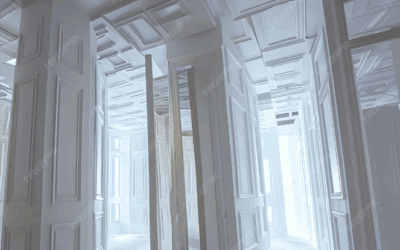
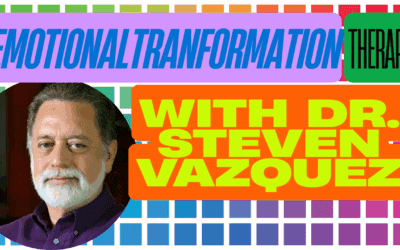






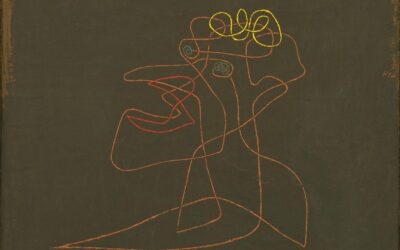
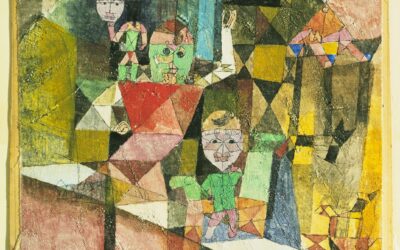

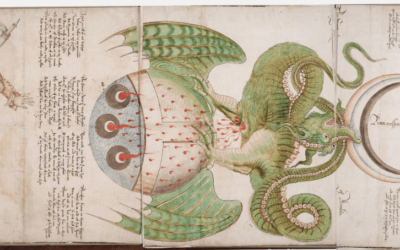
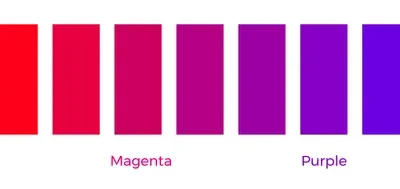

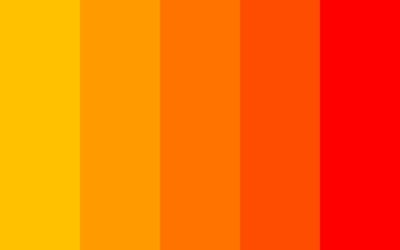
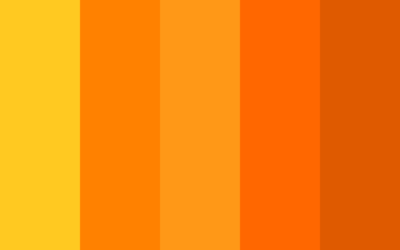
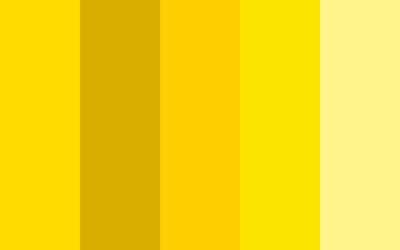



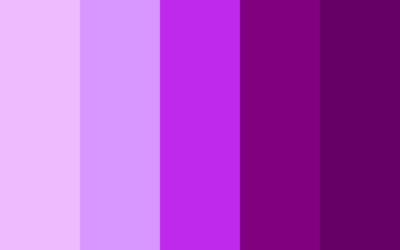
0 Comments